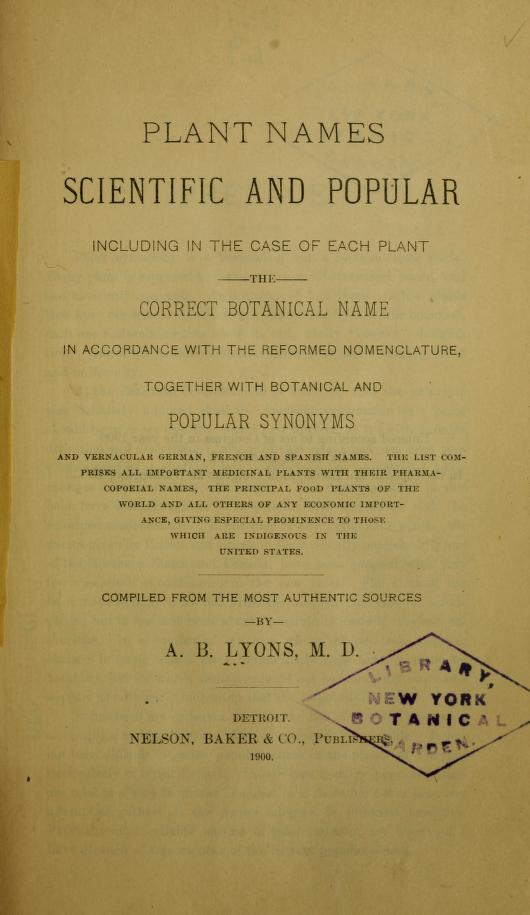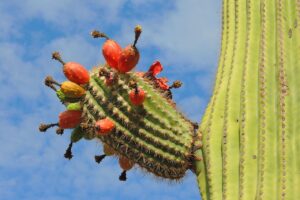Scientific names, or binomial nomenclature, are crucial in the field of botany. They provide a standardized system that allows scientists and plant enthusiasts alike to communicate unambiguously about specific plant species. Properly writing botanical names is not merely a matter of convention; it reflects a deeper understanding of taxonomy and biodiversity.
Understanding the Structure of Botanical Names
Botanical names typically consist of two parts: the genus name and the species epithet. The genus name is capitalized, while the species epithet is written in lowercase. For example, in the name Rosa rubiginosa, Rosa is the genus referring to roses, and rubiginosa describes a specific type of rose known as the sweet briar. It is vital to italicize both names when writing them. This typographical distinction sets them apart from common names, which can vary widely across different languages and regions.
When referencing a species for the first time in a document, it is essential to use its full scientific name. Subsequent mentions can abbreviate the genus name after its first occurrence. For instance, after introducing Rosa rubiginosa, you may refer to it as R. rubiginosa. This practice helps to maintain clarity while economizing on space and readability.
Paying Attention to Taxonomic Hierarchy
The structure of scientific names is not solely confined to genus and species. Understanding the broader taxonomic hierarchy enriches your appreciation of botanical nomenclature. Beyond the species level, plants may be classified into subspecies, varieties, and forms, which can be indicated in a name. A subspecies may appear as Rosa rubiginosa subsp. rubiginosa, informing the reader of a specific subset of the species. Similarly, a variety might be presented as Rosa rubiginosa var. rubiginosa, alluding to a naturally occurring variant.
It is crucial to note that the standardization of naming does not end with the genus and species. Each name should be accompanied by the author citation, which indicates the botanist who formally described the species. For instance, Rosa rubiginosa L. reveals that Carl Linnaeus (abbreviated as “L.”) was the one to classify the rose species. Including the author citation confers historical context, establishing a legacy within botanical studies.
Making Sense of Common Missteps
Even seasoned botanists can occasionally stumble over the rules governing botanical nomenclature. One prevalent error involves incorrect capitalization. Remember: only the genus name should begin with an uppercase letter. The species epithet, by contrast, remains entirely lowercase. Another common mistake is neglecting italicization. To maintain scientific rigor, always italicize both parts of a scientific name.
Additionally, confusion may arise from the multiple common names that often accompany a single species. For example, Rosa rubiginosa may be referred to as “sweet briar” or “wild rose.” When using common names, clarification is essential, as they lack the specificity afforded by scientific nomenclature. When writing about a plant, particularly in publications or formal settings, always revert back to the scientific name for precision.
The Importance of Correct Pronunciation
While writing scientific names correctly is paramount, the ability to pronounce them accurately is also vital, especially for researchers collaborating or presenting at conferences. Botanical Latin may seem perplexing; however, familiarizing oneself with the phonetic conventions can facilitate more effective communication. For instance, the “ae” in a name is typically pronounced as a long “ee,” while “c” before an “e” or “i” may have a soft sound as in ‘celery’. Resources include botanical dictionaries and phonetics tutorials tailored to the academic community.
When in Doubt: Resources and References
For individuals immersed in botanical studies, creating a reference library of resources can greatly enhance your understanding and application of scientific naming conventions. Several esteemed publications and websites offer comprehensive guides, such as “International Code of Nomenclature for algae, fungi, and plants” (ICN). This foundational document outlines the regulations governing plant names and their correct usage. Online databases, including those maintained by botanical gardens, provide accessible platforms to verify and cross-reference species names.
Moreover, engaging with professional societies and attending conferences can foster a greater understanding of current nomenclatural conventions. Opportunities for networking or informative lectures can solidify your expertise, pushing the envelope of botanical knowledge.
Conclusion: The Essence of Botanical Precision
The ability to write scientific names correctly is essential for effective communication in whatever botanical context you may find yourself, whether it be academic, environmental, or casual. Familiarity with nomenclatural rules, coupled with the rigors of grammatical precision, establishes a baseline of professionalism in botanical discourse. Ultimately, this system denotes respect for the scientific community and the vast biodiversity that charges our planet with life. With this guide as your roadmap, wield the power of botanical language with precision and reverence.





Leave a Comment